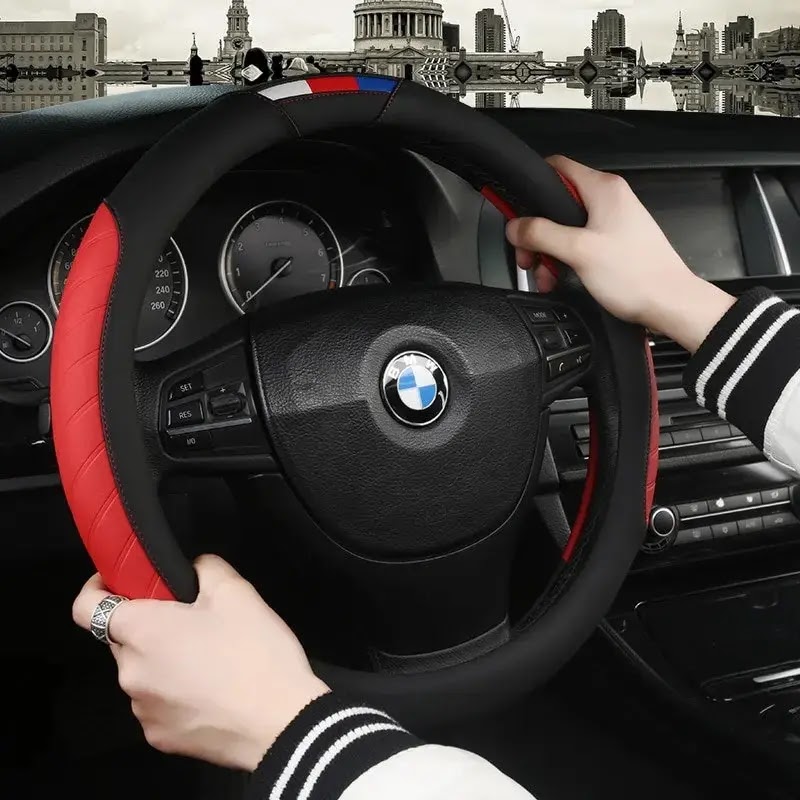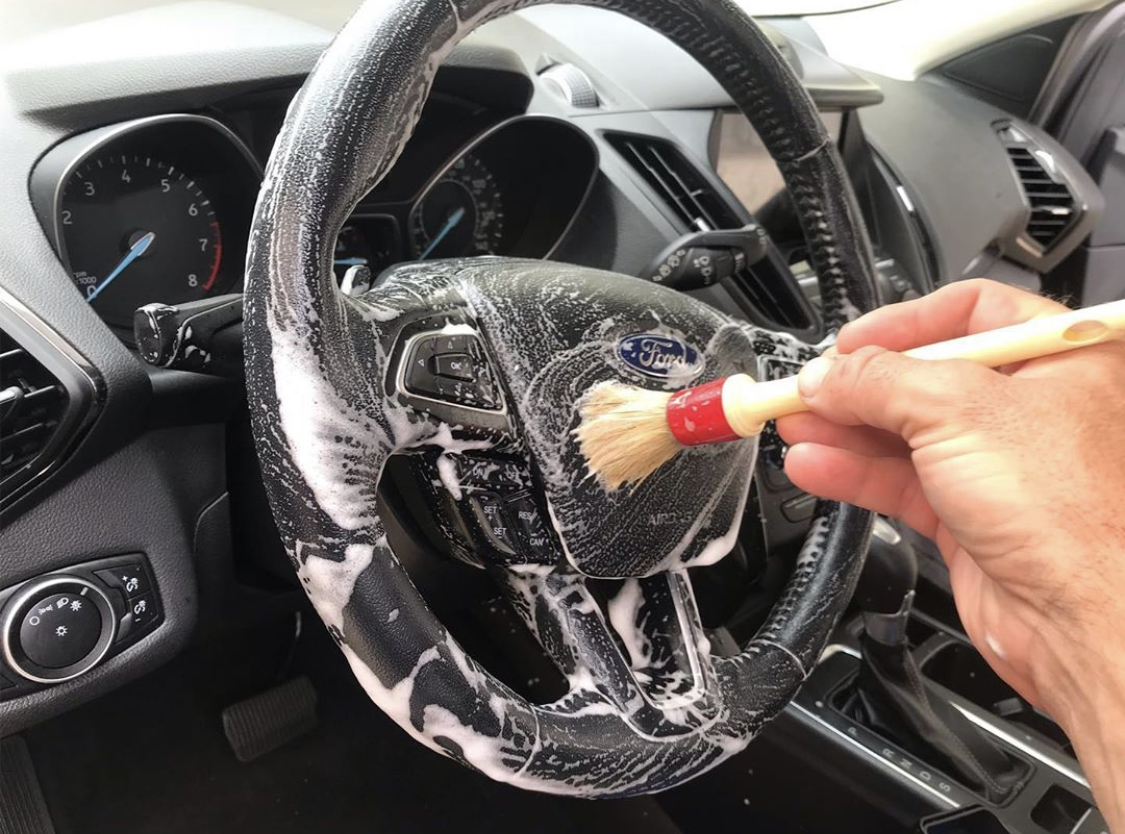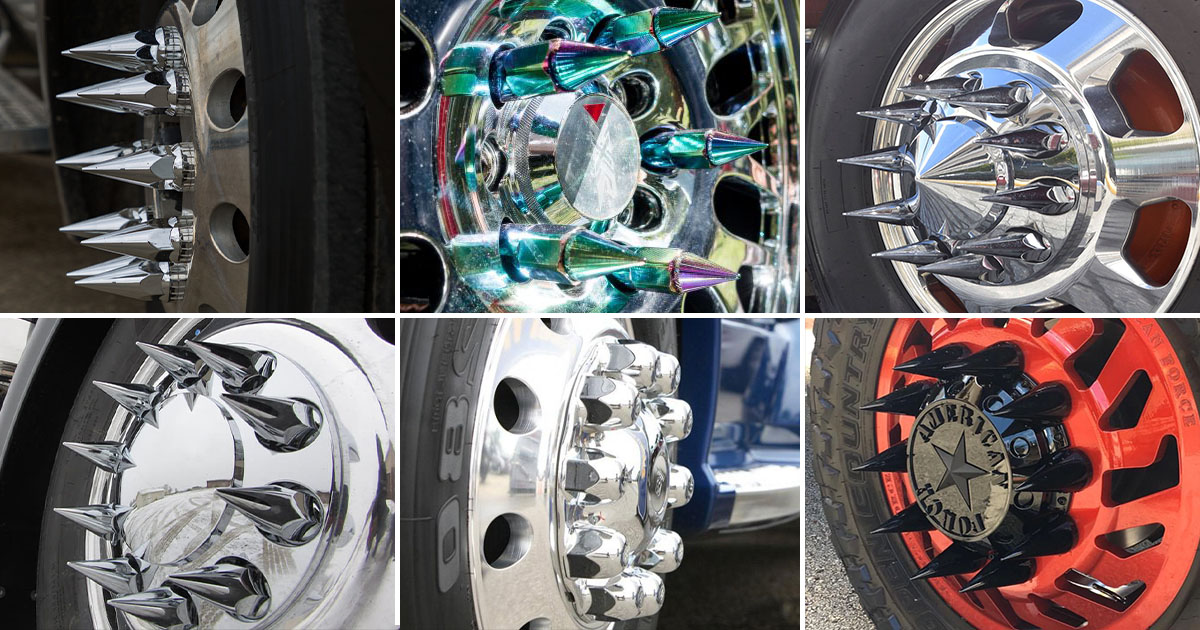
The steering wheel is the most part of the car that you touch and use. It could provide you with the best driving experience ever, or it could make driving the worst thing in the world.
Over the decades, steering wheels have changed a lot. Adding more buttons, logos, and airbags to it. This made the steering wheel now look very different from the 1930s. However, the most thing that seems obvious to me is the thickness!
Thicker steering wheel rims have become a common trend in the auto industry lately. Why are steering wheels becoming thicker? And how does that provide a better (or worse) driving experience?
Steering Wheels History
Steering wheels are devices that are used to steer the vehicle. A steering wheel is a type of control in vehicles and boats, used for turning the front wheels.

The steering wheel has been around since the 1900s when it was added to cars so that drivers would have more control over their car’s direction. Before this, they were controlled by tillers. Steering wheels started out pretty thin but quickly got thicker as cars became faster and more road-worthy.

People used to drive their cars using gloves on to help them better grip the thin wheels.
Why Steering Wheels were Thin
In the early days of cars, steering wheels were quite thin. In fact, they were so thin that the first time drivers had to turn their wheels sharply, they thought something was wrong with them. Imagine having to drive a car with a very slim steering wheel – it would be almost impossible, right? Well, you’re not alone if you thought that.

The steering wheel is a familiar part of the driving experience, and it’s a big part of what makes driving fun. So, when car manufacturers started making thinner steering wheels, people were concerned about how this would affect their driving experience.
Problems of Thin Steering Wheel

At first glance, thinner steering wheels might seem like a good idea. They take up less space in the vehicle and contribute to a more futuristic look on some cars. When they’re new, they also feel nice to hold because of being so thin. However, there are real concerns with them that have been brought up by drivers all over the world.

Some drivers have complained about the thin steering wheels becoming extremely hot when they’re in direct sunlight. In fact, some even say it can be so hot that it feels like their fingers might get burned. This is a serious safety concern.
It just feels uncomfortable to hold the wheel and your fingers overlap each other easily.
Why are Manufacturers Making Steering Wheels Thicker?
If you’ve driven a car in the last 50 years, you’ve probably noticed the steering wheel has gotten thicker. Have you ever wondered why?
This is because the thickness of the rim can help drivers steer and control their vehicles more easily, especially during difficult driving conditions such as heavy rain or snow.
The bigger and thicker the rim, the better grip you’ll get on it. This is why we often see racing cars with bigger and thicker rims than regular passenger vehicles.

It is also connected to human psychology. The thicker the steering wheel, the more confident people feel while driving. The same principle can be applied to other areas of your life as well. If you want to be an effective writer (like me), then write large LETTERS on your keyboard! It will trick you into being more productive and creative.

Another reason is that in the early days of car design, there was no such thing as an airbag. The steering wheel was very thin and easy to break if you were involved in a collision. In 1970, General Motors changed the game by introducing the airbag as standard equipment on all their vehicles from 1973 onward. Since then, other manufacturers have followed suit, and now all new cars come equipped with airbags, and so have thicker steering wheels.
Thick Steering Wheel Benefits

Even though a steering wheel is a small part of a car, it has a massive impact on the overall experience of driving. The steering wheel is what you hold when you drive your car, and your hands will be in contact with it for extended periods of time.
A thick steering wheel rim is a great way to add an artistic appeal to your car. A thick steering wheel rim helps maintain the smoothness of the steering operation, especially when you are on highways or driving on rough terrain. It gives a better handgrip and decreases pressure on your fingers.

However, there are some disadvantages of having thick steering wheel rims as well. For example, if you have a long drive ahead of you and your hands tend to sweat a lot, it will get slippery and difficult to handle the vehicle.
Conclusion
With a thinner steering wheel, you have more room to maneuver your hands, which is ideal for driving on a crowded road. Having a thinner wheel means less space occupied and more space for your legs to move.
However, thick steering wheels have become essential in today’s cars and many people are used to it now, even though some people still prefer the thin steering wheel, and others are more accustomed to the thick one.
While some people argue that the thinner wheel is more elegant, and thicker wheels have better grip, it’s up to you to decide if the thick or thin steering wheel rim is better.




